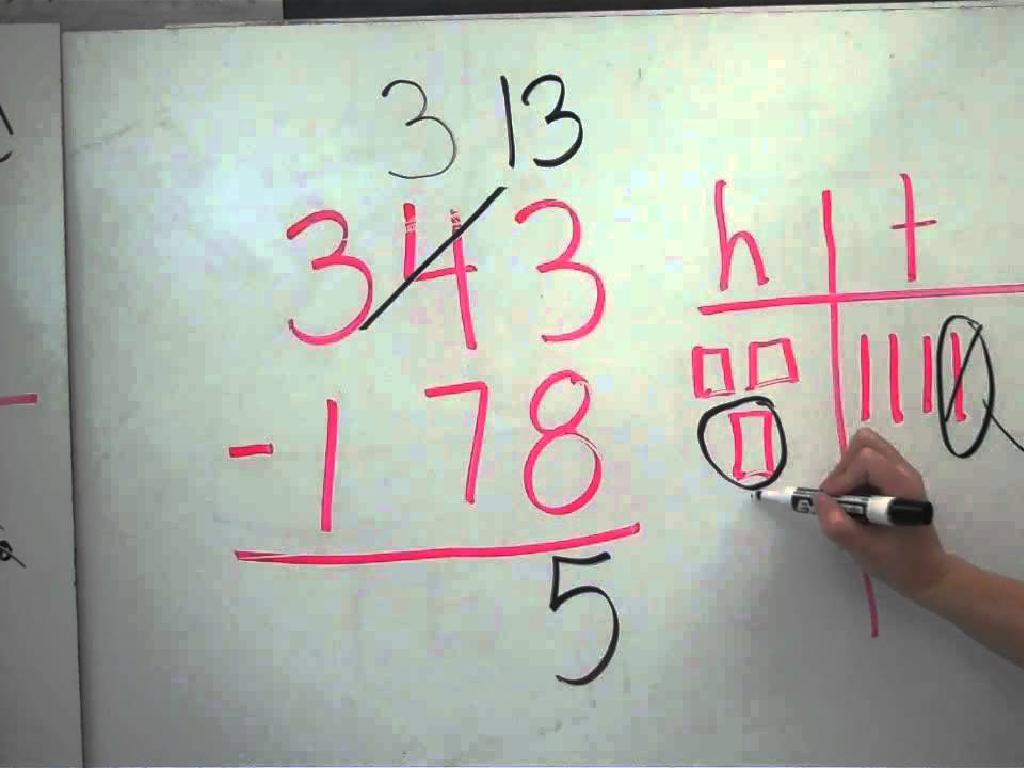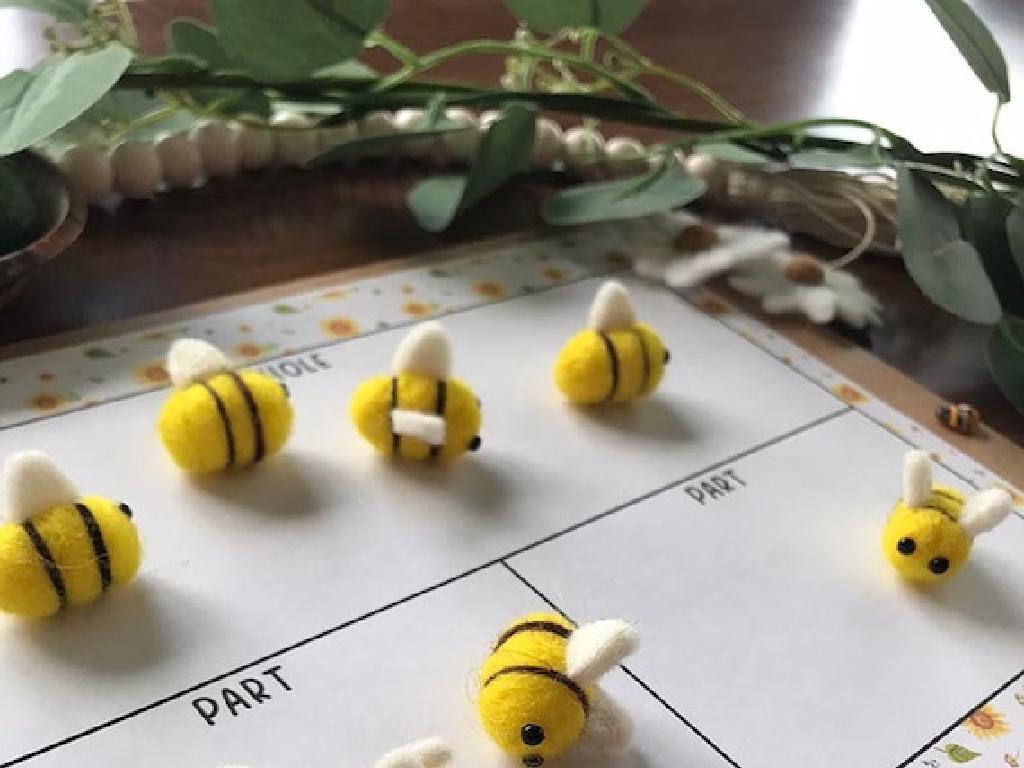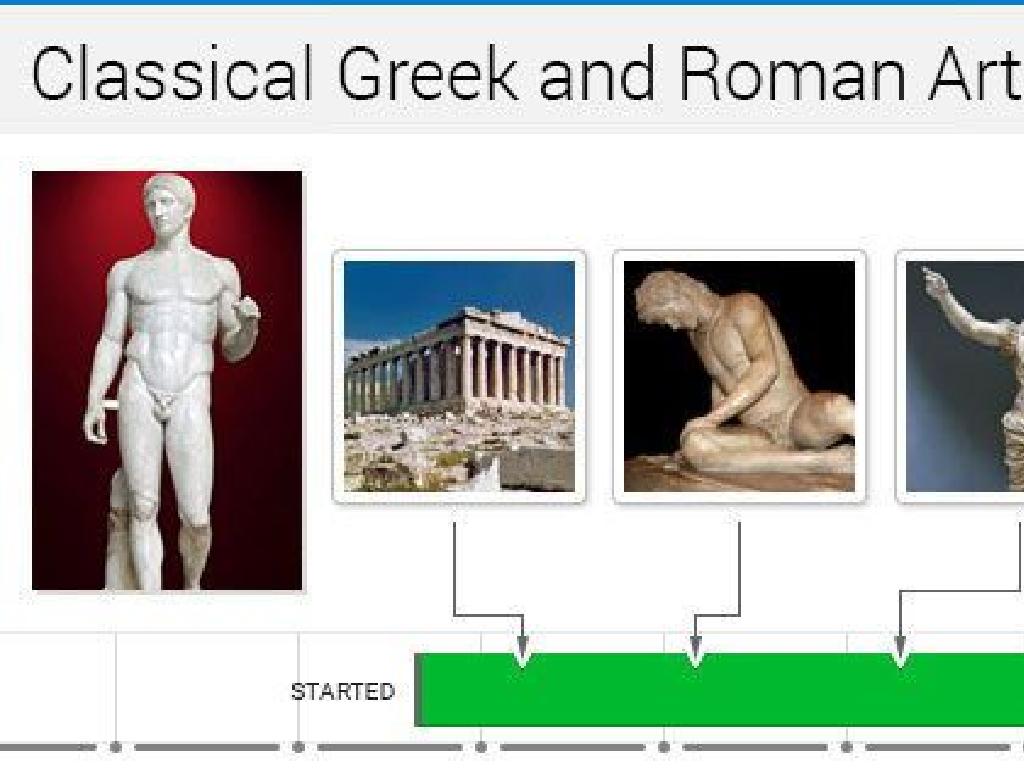Use The Correct Subject Or Verb
Subject: Language arts
Grade: Fifth grade
Topic: Verb Types
Please LOG IN to download the presentation. Access is available to registered users only.
View More Content
Verb Types: Matching Subjects and Verbs
– Welcome to Language Arts!
– Today’s focus: Correct subject-verb agreement
– Ensure the verb matches the subject in number (singular/plural)
– Verbs: action words in sentences
– Verbs tell us what the subject is doing
– Why verbs matter in communication
– Verbs are crucial for clear sentences
|
This slide introduces the concept of subject-verb agreement, which is essential for constructing grammatically correct sentences. Emphasize to students that verbs are the action words in sentences and they must agree with the subject in number. This means if the subject is singular, the verb must also be singular, and if the subject is plural, the verb must be plural. Highlight the importance of verbs in communication, as they are the words that convey action and state of being, making them critical for expressing clear and complete thoughts. Use examples to illustrate correct and incorrect subject-verb agreements. Encourage students to practice by creating sentences and identifying the verbs and subjects.
Understanding Verbs
– Define what a verb is
– A verb is a word that describes an action, occurrence, or state of being.
– Verbs show actions and states
– Like ‘run’, ‘think’, ‘is’, and ‘become’ show what’s happening.
– Verbs in everyday sentences
– ‘She runs fast’, ‘He thinks deeply’, ‘The cat is furry’, ‘They became friends’.
– Practice identifying verbs
|
This slide introduces the concept of verbs to the students. Begin with the definition of a verb, ensuring that students understand it as a fundamental part of speech that is essential for constructing sentences. Highlight that verbs are not just actions but can also represent occurrences or states of being. Provide clear examples of verbs in simple sentences to illustrate their use in everyday language. Encourage students to practice by identifying verbs in sentences, either from the examples provided or from a text they are currently reading. This activity will help solidify their understanding of verbs and their importance in grammar.
Subject-Verb Agreement
– Subjects & verbs must match
– If the subject is one thing, the verb doesn’t add ‘s’.
– Singular subjects & verbs
– He runs, She jumps, It flies
– Plural subjects & verbs
– They run, We jump, Birds fly
|
This slide introduces the concept of subject-verb agreement, which is crucial for constructing grammatically correct sentences. Emphasize that if the subject of the sentence is singular (one person, place, or thing), the verb should also be singular and typically ends with an ‘s’. Conversely, if the subject is plural (more than one), the verb should not end with an ‘s’. Provide examples of both singular and plural subjects with their corresponding verbs. Encourage students to identify the subject and verb in sentences and determine whether they agree in number. Practice with sentences that require them to choose the correct verb form to match the subject.
Identifying Subjects and Verbs
– Finding the sentence subject
– The subject is who or what the sentence is about.
– Locating the sentence verb
– The verb tells us what the subject does or is.
– Practice with subject and verb
– We’ll do exercises to spot subjects and verbs.
|
This slide is aimed at helping fifth-grade students understand the basics of sentence structure, focusing on subjects and verbs. Begin by explaining that the subject of a sentence is the person, place, thing, or idea that is doing something or being something. Then, move on to verbs, which describe the action or state of being of the subject. Use simple and clear examples to illustrate these concepts. For practice, provide sentences where students can identify the subjects and verbs, either by underlining or highlighting them. Encourage students to explain why they chose certain words as subjects or verbs to reinforce their understanding. This activity will enhance their grammatical skills and prepare them for more complex sentence structures.
Singular vs. Plural Verbs
– Singular verbs end with -s or -es
– He runs, She watches
– Plural verbs do not end in -s or -es
– They run, We watch
– Match subjects with correct verbs
– ‘The dog barks’ but ‘Dogs bark’
– Practice with examples
– ‘A cat runs fast’ vs. ‘Cats run fast’
|
This slide introduces the concept of verb agreement, focusing on how singular and plural subjects must be matched with the correct verb forms. Singular verbs typically end with an -s or -es, such as ‘runs’ or ‘watches.’ In contrast, plural verbs do not end with -s or -es, such as ‘run’ or ‘watch.’ It’s crucial for students to learn how to match the subject of a sentence with the correct verb form to ensure subject-verb agreement. Provide examples and encourage students to create their own sentences, paying attention to the verb forms they use. During class, practice with sentences that require students to choose the correct verb form based on the subject.
Mastering Irregular Verbs
– Irregular verbs break the rules
– Examples: ‘go’ becomes ‘went’
– ‘Eat’ changes to ‘ate’, ‘run’ to ‘ran’
– Practice using irregular verbs
– Fill in blanks with correct verb forms
– Understanding through sentences
– See how they change in past tense
|
This slide introduces students to irregular verbs, which do not follow the standard pattern of conjugation. Start by explaining that while most verbs add ‘-ed’ to form the past tense, irregular verbs change in unique ways. Provide clear examples, such as ‘go’ changing to ‘went’ and ‘eat’ to ‘ate’. Engage the class with practice sentences where they must choose and use the correct form of irregular verbs. This exercise will help them recognize and memorize these exceptions. Encourage students to think of more examples and use them in sentences to reinforce their understanding.
Let’s Practice Subject-Verb Agreement!
– Exercise: Fix subject-verb errors
– Find and correct mistakes in sentences.
– Exercise: Craft sentences with verbs
– Use provided verbs to make new sentences.
– Group activity: Story with correct verbs
– Collaborate to write a story ensuring subjects and verbs agree.
|
This slide is designed to engage students in hands-on practice with subject-verb agreement. The first exercise helps students identify and correct common errors in subject-verb agreement within sentences. The second exercise encourages creativity, asking students to construct their own sentences using a specific list of verbs, focusing on maintaining correct subject-verb agreement. The group activity fosters teamwork and application of the concept by writing a short story that demonstrates their understanding of subject-verb agreement. For the teacher: Prepare sentences with common subject-verb errors for the first exercise, a list of verbs for the second, and a story starter to guide the group activity. Monitor the groups to ensure that each member participates and that the story remains focused on the correct use of verbs.
Class Activity: Skit Challenge on Subject-Verb Agreement
– Form groups for a skit creation
– Use correct subject-verb agreement
– Ensure your subjects and verbs match in number
– Present your skit to the class
– Vote for the best subject-verb agreement
– Listen carefully to each group’s use of subject-verb agreement
|
This activity is designed to reinforce the concept of subject-verb agreement through a creative and engaging group task. Divide the class into small groups and instruct them to write and perform a short skit that demonstrates correct subject-verb agreement. Provide examples of incorrect and correct usage to guide them. After each group presents their skit, facilitate a class vote to choose the skit that best utilized subject-verb agreement. This will not only help students understand the concept but also allow them to apply it in a practical and fun way. Possible variations of the activity could include using different tenses, singular/plural subjects, or incorporating vocabulary words from a recent lesson.
Wrapping Up: Subject-Verb Agreement
– Importance of subject-verb agreement
It makes sentences clear and understandable.
– Review of today’s key points
We learned about singular and plural subjects and verbs.
– Homework: Practice makes perfect
Complete the exercises on page 42.
– Keep learning and growing!
|
As we conclude today’s lesson, it’s crucial to emphasize the role of subject-verb agreement in constructing clear and grammatically correct sentences. This foundational grammar skill ensures that our language is coherent and precise. Recap the main points, such as matching singular subjects with singular verbs and plural subjects with plural verbs. Remind students that practice is key to mastery, and assign homework that reinforces today’s lesson. Encourage them to approach the homework with a positive mindset, seeing it as an opportunity to strengthen their understanding and skills.






